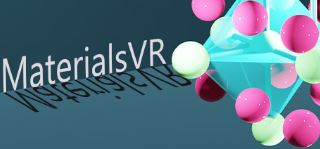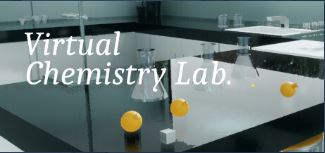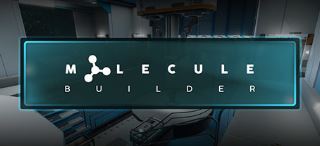Materials VR
- Exploring and understanding molecular structures: View 3D models of molecules, rotate them, zoom in/out, and examine their details.
- Interactive learning: Manipulate molecules by adding/removing atoms, creating cross-sections, and visualizing electron density.
- Scientific investigation: Load your own CHGCAR files (data format containing electronic wavefunction information) for deeper analysis.
Key Features:
- Vast molecule library: Explore a pre-loaded library of diverse molecules across various categories, including organic, inorganic, and biological.
- Visualization options: Choose different visual representations like ball-and-stick, spacefilling, and cartoon models.
- Educational tools: Access information panels with chemical formulas, element details, and additional data about each molecule.
- VR interaction: Use your VR controllers to manipulate objects, navigate the environment, and perform actions within the application.
Target Audience:
While primarily aimed at education and scientific research, MaterialsVR can be enjoyed by anyone curious about the world of molecules. It’s suitable for:
- Students: Learn about molecular structures, bonding, and properties in a visually engaging and interactive way.
- Researchers: Explore molecules in detail, visualize data, and enhance understanding of material properties.
- Science enthusiasts: Gain a deeper appreciation for the intricate world of molecules and chemical interactions.
Overall, MaterialsVR is a valuable tool for education and scientific exploration in the realm of materials science. It utilizes the immersive nature of VR to make learning about molecules fun, interactive, and visually stimulating.



